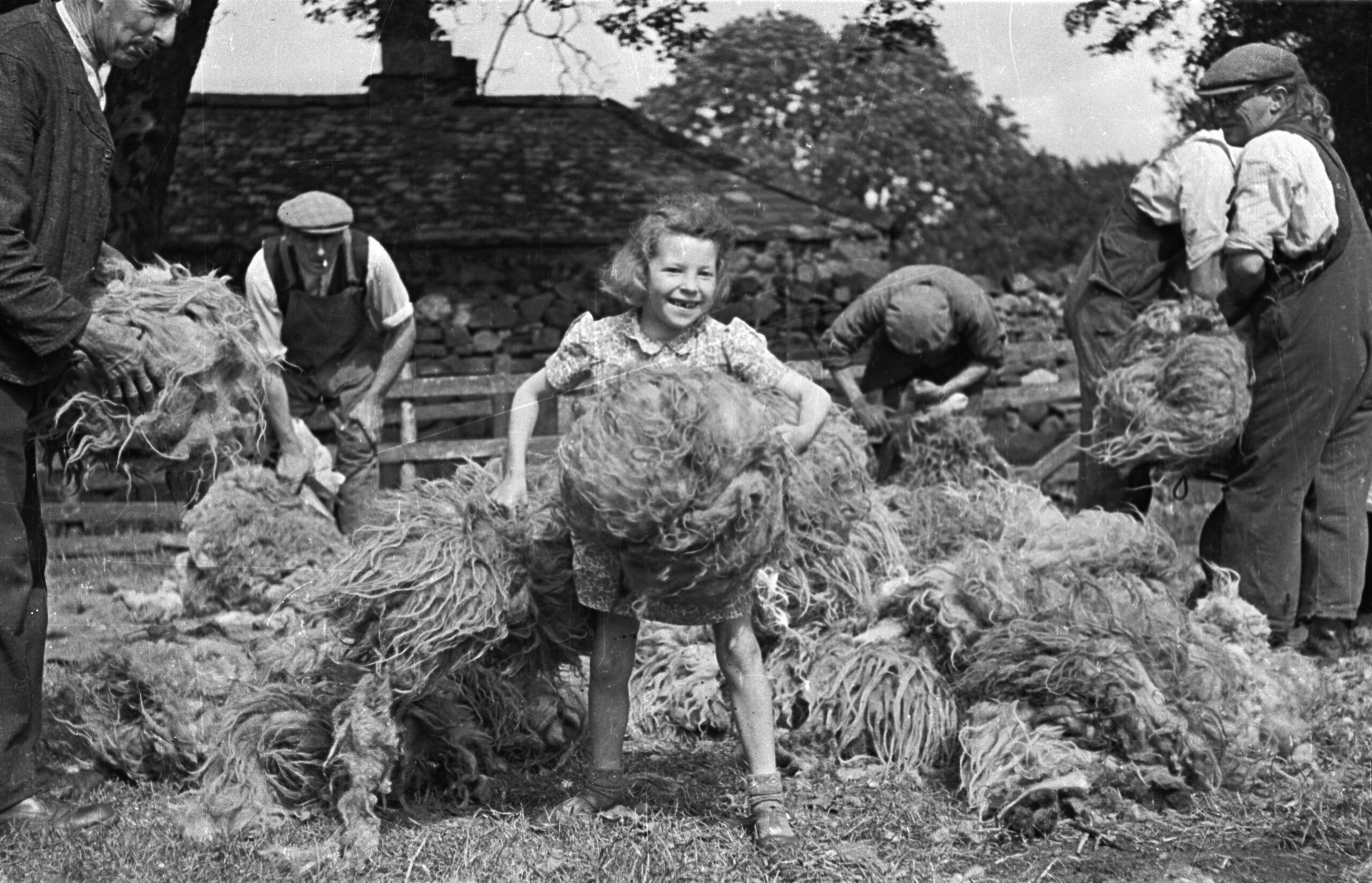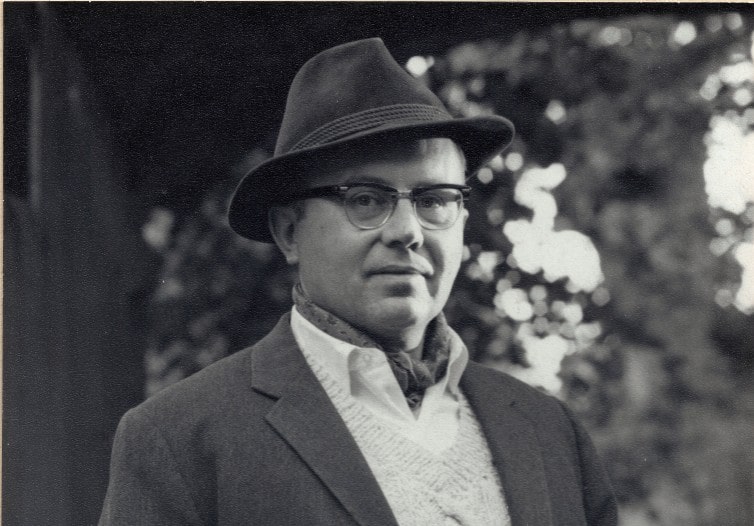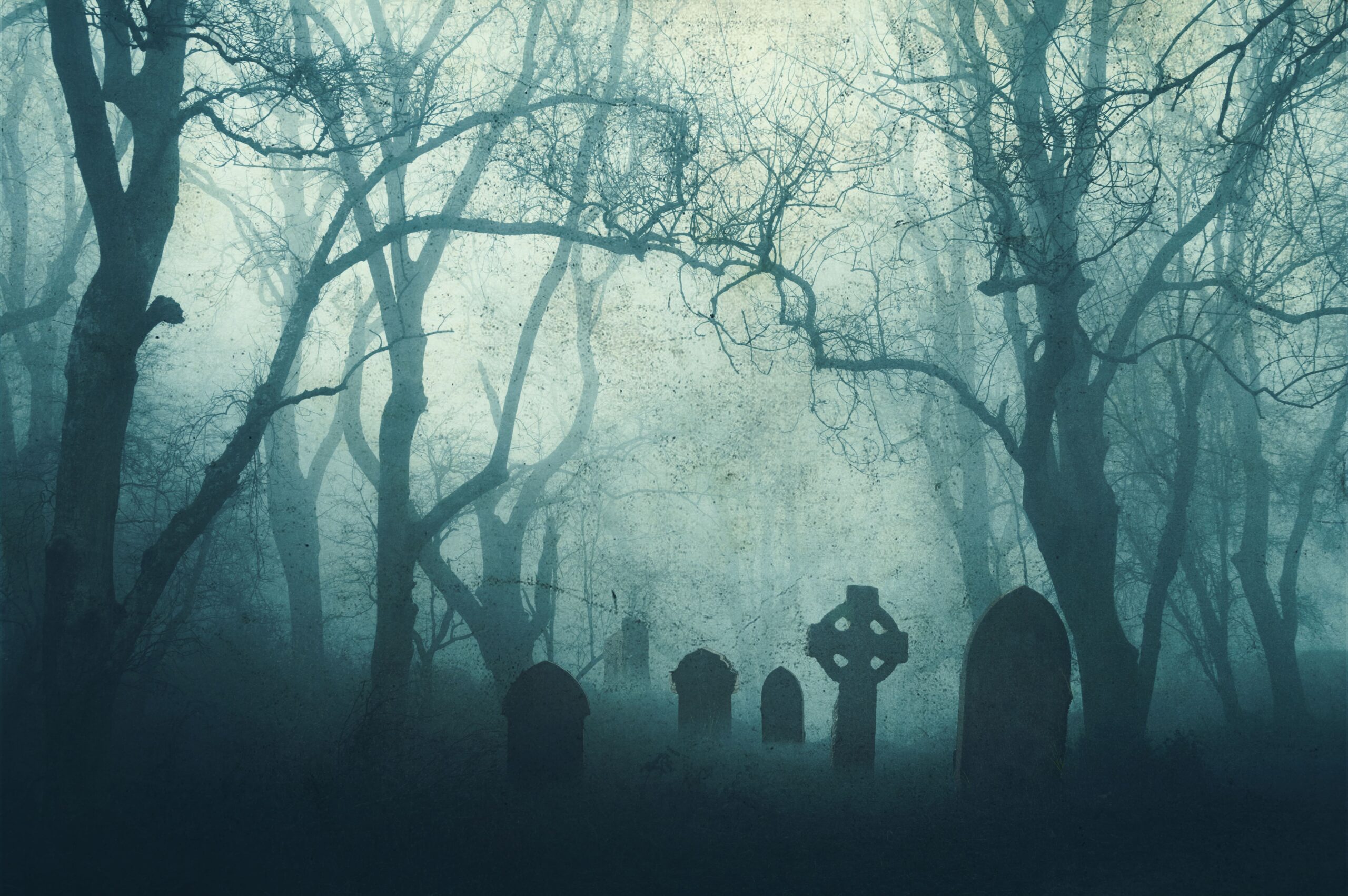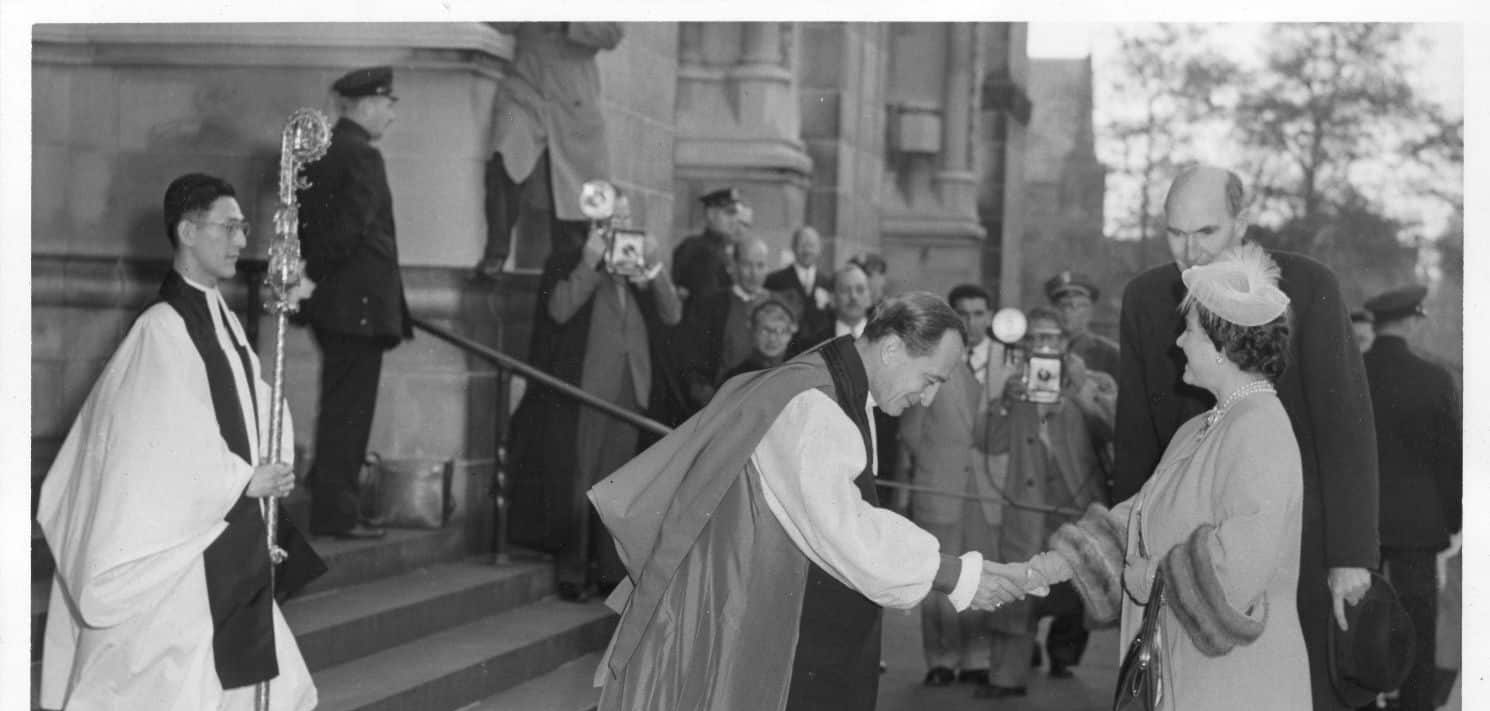The liberal capitalist upheaval of the late eighteenth and nineteenth centuries stands as the single true progressive revolution of the modern era.1 Human imagination and potential, unleashed through a hard-won intellectual appreciation of social and economic freedom, tore through the millennia-old fabric of the European agrarian economy. Semifeudal patterns of property ownership and production disintegrated. As that usually sullen critic of the new order, Karl Marx, wrote with more than a hint of awe: “[Capitalism] annihilates the peasant, and replaces him with the wage-laborer. . . . The irrational, old-fashioned methods of agriculture are replaced by scientific ones. Capitalist production completely tears asunder the old bond of union which held together agriculture and manufacture in their infancy.”2 Great masses were uprooted from a subsistence economy and rural ties and drawn to rapidly growing urban industrial centers. Machine technology transformed primitive factories into modern enterprises. In consequence, Marx wrote, “the solid crystal of their organization . . . becomes dissolved and makes way for constant change.”3
The political and social transformations wrought by the liberal-capitalist upheaval were equally massive. It shattered a stultified communal life based on the submission of the individual to kin and village and it disrupted a family structure resting on the concepts of “house,” “line,” and “blood.” The bureaucratic state—that almost constant oppressor of mankind since civil authority first emerged in Egypt three thousand years before Christ—fell into head-long retreat. Over the course of the nineteenth century, Western nations actually saw public expenditure fall sharply as a proportion of their gross national products.4 Wherever this new order spread, the wealth it created quickly reached exctraordinary levels, and the real incomes of industrial workers began to rise. Famine and plague, the scourges of mankind from the beginning of time, all but disappeared from Western Europe and North America, with Ireland standing as the tragic exception proving the point. Even war receded as a social threat. In the century between
1815 and 1914, the European nations avoided large-scale and protracted conflict. As mortality rates dropped in this period, populations swelled at unprecedented rates. Yet the miracles of science and industrial production lifted whole nations out of the supposed Malthusian trap.
Indeed, the breakthrough of the liberal-capitalist order represented a vast, creative, and beneficial revolution. Beside it, the reactionary communal-statisms which seized power in the first half of the twentieth century—communism, national socialism, and fascism—pale in significance. Inherent in this new order, however, was a great danger: the tendency of economic and social freedom to descend into anarchy. The values implicit in the liberal-capitalist ethos—acquisitiveness, egocentricity, intellectual autonomy, and private responsibility—demolished inherited kinship and community ties, thereby making a new world possible. Yet this liberation and glorification of the individual threatened to shred social life altogether, leaving only egoistic nihilism in its wake. The natural, unplanned genius of the new order lay in the cultural forces which kept this destructive consequence of liberal-capitalism in check: The first of these was the family. On the basis of research conducted over the last few decades, historians have begun to catalogue and understand the altogether shocking and abysmal child care practices found in Europe before the nineteenth century.5 During that era, the European peasant and smallholder majority remained trapped in a grim, age-old cycle of struggle and death. In the squalor which was their normal life experience, children—in Molière’s words—simply “did not count.” Pressed down by hopeless poverty and life on the margin of starvation, peasant women were driven to labor in the fields, leaving their small children unattended in rural hovels, often to perish—according to church records—in the hearth or among the barnyard hogs.
Meanwhile, urban parents throughout Europe put their own newborns out to wet-nurse (i.e., to suckle on a hired nurse’s breast) among these same rural peasants. In 1780, for example, the police chief of Paris estimated that of 21,000 newborns registered each year in his city, 17,000 were carted off to the countryside to wet-nurse for two or more years, between two and three thousand were placed in urban nurseries (something of pre-modern day care centers), 700 were wet-nursed at home, and only 700—less than 4 percent—were nursed and cared for by their natural mothers. In the same city, a host of private wet-nursing agencies flourished and wantonly cheated natural parents. Peasant women whose own breasts had long dried up would be billed as fountains of lactation, while the wet-nurses would often fool natural mothers by borrowing or renting other people’s healthy babies and passing them off during infrequent parental visits as the mothers’ own.
Turned over to these income-maximizing peasants, often tending a half dozen or more charges, infants were commonly silenced with alcohol or opium-based tranquilizers and fed a starchy pap devoid of protein and vitamins. As understood at the time, the death rate of such wet-nursed infants was appalling. The mortality of legitimate babies sent to wet-nurse was 38 percent in eighteenth-century Rouen, France, more than double the figure for those who stayed with their mothers. The mortality of foundlings sent by city officials to wet-nurse reached 90 percent.
Infanticide of a more deliberate sort was also practiced. The urban poor commonly abandoned their unwanted babies in the gutters and on the dungheaps of London, Paris, and Frankfurt. One sixteenth-century priest, for example, lamented that “the latrines resound with the cries of children who have been plunged into them.” In Eastern Europe, so called “killing nurses’’—in effect, postpartum abortionists—practiced well into the nineteenth century their grisly trade of exposing and poisoning the infants left in their charge.
While desperate poverty was probably the principal motivation here, cultural attitudes were also involved. A typical anecdote from the early eighteenth century concerns a master weaver in Lyons, France, who, when asked by a friend about an “upstanding,” “well-settled” relative who had abandoned her second child on a garbage heap, replied that the baby “got in the way of her daily routines, and moreover, she exposed her first one as well.” Such mothers simply did not care, and their children—in historian Edward Shorter’s words—“vanished in the ghastly slaughter of the innocents that was traditional child rearing.”6
Prior to the rise of the new order, children were also routinely beaten and sexually abused, usually with the blessings of the philosophers. Beatings began early, were a regular part of most children’s lives, and were generally severe, involving the bruising and bloodying of the body. Instruments used included whips, cat-o’-nine-tails, shovels, canes, iron and wooden rods, and special instruments like the flapper, which had a pear-shaped end and a round hole to raise blisters. Of two hundred pre–eighteenth century statements of advice on child-rearing consulted by historian Lloyd deMause, all but three approved of beating children severely. The sexual fondling and exploitation of children was extensive and culturally accepted well into the eighteenth century, with young boys being particularly preferred.
Starting in the late sixteenth century, though, a counterculture began to take shape. Its earliest expressions could be found in art. For the first time in Western history, scattered family portraits—limited to mother, father, and their children—began to appear among the nascent middle class. These paintings gave new emphasis in the composition to private life, home interiors, and a sentimentalized, loving image of children.7 Such portraits, which slowly grew in frequency during the seventeenth and eighteenth centuries, proved particularly plentiful in England’s North American colonies.
But the breakthrough and cultural victory of these revolutionary new human sentiments—conjugal family bonds, maternal love, and domesticity—were delayed until the smokestacks, factories, and trade patterns of modern industrial capitalism began to work their wealth-creating wonders in the late eighteenth century. It was only then that economic growth and rising living standards freed large numbers of women from the grinding pressures to employ their labors in field or factory. With improved economic security, women were able to turn to better mothering and improved infant care. While sex roles grew less segregated, the division of labor between the sexes became more complex, and family life took shape around the maternal–infant bond. Maternal breastfeeding became a symbol of the middle class couple’s reordering of priorities, placing the nurturing of children above all else. Astute and recognizably modern tracts on infant feeding and care, such as William Cadogan’s 1748 essay on breastfeeding, and encouragement from intellectuals such as Jean-Jacques Rousseau both reflected and supported these trends.
By the 1790s, there was clear statistical evidence of a surge in maternal nursing and improved child care in most parts of Western Europe, reflecting patterns already established in North America. A 1796 survey of one French department, for example, found that 98 percent of children on the breast were being fed by their natural mothers, a reported reversal of the experience from only twenty years before.8 In 1807 Mont Blanc, officials noted that maternal nursing had recently made vast progress in both city and countryside, adding, significantly, that “the execution of this duty disposes mothers to another as well, that of taking good care of children during infancy.”9 After 1800, most French provincial officials did report marked improvements in general child care practices. And throughout Western Europe and North America, middle class families turned with ardor to the flood of child-rearing and infant hygiene literature that was beginning to appear.
The new order built on the poorly understood psychological insight that there is no stronger nor more stable economic impulse than the drive to provide for one’s family.
As capitalist-generated economic growth and maternal love spread hand-in-hand, middle class modes of family and maternal behavior extended into the laboring and agrarian classes. Infant mortality rates showed dramatic drops over the course of the nineteenth century. The social revolution appeared to be won. As Edward Shorter writes, “the emotional web that was spun between mother and baby reached out to envelop older children and the husband: a sense that the preciousness of infant life required an equally delicate setting for its preservation. Domesticity . . . ended up by kindling a cozy fire in the household—and conflagrating the community about it.”10
In utilitarian terms the modern family proved eminently adaptable to and supportive of the liberal-capitalist order. Its structure focused on immediate relations between husband, wife, and their children, leaving the conjugal family relatively unbound to the ties of kin and community. Proving highly mobile as a result, families were able to follow the market signals that would maximize both their incomes and general productive efficiency, while still performing the critical social functions of reproduction and the nurturing of children.
The modern family also generated a unique psychological drive of immense importance to the success of capitalism. As Adam Smith, David Hume, and other eighteenth-century philosophers of freedom understood, man was by nature indolent, lazy, wasteful, and improvident. Drawing close to the Christian understanding of the unregenerate nature of the human race, these theorists believed that it was only the force of circumstances that could make human beings behave economically.11 To an important degree, it was the family which provided the needed positive incentives. For as the new order cut persons off from the economic protections provided by kin and village, the modern family made each male vividly aware of his responsibilities to provide for and protect his mate as she performed her instinctive maternal tasks. This realization generated economically and socially constructive anxiety, ambition, and imagination, while keeping the baser human instincts and the individual ego under restraint. The new order built on the poorly understood psychological insight that there is no stronger nor more stable economic impulse than the drive to provide for one’s family.
The second restraint on the nihilistic tendencies of the liberal-capitalist order was the Judeo-Christian moral tradition. All the great champions of liberty have emphasized the existence of a commonly accepted moral code as a necessary condition for a free society. James Madison declared to the Virginia Ratifying Convention in 1788 that “to suppose that any form of government will secure liberty or happiness without any virtue in the people, is a chimerical idea.”12 A half century later, Alexis de Tocqueville remarked that “liberty cannot be established without morality, nor morality without faith.”13 And in this century, Friedrich Hayek has repeated the truths “that freedom has never worked without deeply ingrained moral beliefs and that coercion can be reduced to a minimum only where individuals can be expected as a rule to conform voluntarily to certain moral principles.”14
An effective moral code, as these philosophers understood, cannot be intentionally created; nor need it necessarily be rationally explained. Rather, the received values of a free society supply the ends which reason, in turn, must serve. As Hayek put it, “we can never synthetically construct a new body or moral rules or make our obedience dependent on our comprehension of the implications of this obedience in a given instance.”15 Free societies invariably develop and operate within a framework of inherited values and institutions which may not be abandoned nor changed as a whole without great peril to liberty.
Among the Western peoples experiencing the shock of the liberal-capitalist revolution, the moral code indispensable to the sustenance of a free society was naturally provided by the Judeo-Christian tradition. Biblical injunctions against illegitimacy, perversion, adultery, abortion, promiscuity, and divorce remained a vital part of Western law and custom throughout the nineteenth century; not as an expression of religious intolerance, but as a critical foundation of all freedom. Stiffened nineteenth-century anti-abortion laws, for example, were not the result of an historically bizarre conspiracy between Jesuit priests and fundamentalist preachers. They can be seen, instead, as an expression of classic liberal sensibilities.
The creative social bond between morality and the modern family was particularly strong in the United States. Tocqueville noted that although European visitors to America disagreed on many points, they all concurred that moral standards were far stricter in this country than elsewhere. He attributed this to the unique balance of freedom, equality, and responsibility found in the American marriage covenant.16 Morality and family values were visibly expressed in the evolution of new American housing forms in the mid-nineteenth century. “We are in no little danger of losing sight of the importance which God has attached to the family relation,” wrote one American architect in 1847, and designers turned to the creation of “the Christian home.” Architectural styles such as gothic and italianate, the use of religious symbols like the cross and stained glass in housing design, a preference for suburbs as places where the growing family would be safe, and an emphasis on the virtues of private discipline, order, efficiency, and personal responsibility came to reflect and reinforce the linkage of family, faith, and the new economic order.17 Henry Ward Beecher, the northern abolitionist, put into words what most Americans in the modern sector believed: “The right of chastity in the woman, the unblemished household love, the right of parents in their children—on these three elements stands the whole weight of society.”18
The enemies of freedom have generally understood the critical role played by the modern family and Judeo-Christian morality in giving legitimacy and order to the liberal-capitalist revolution. Friedrich Engels, Karl Marx’s close collaborator, described the emergence of the middle class family in his 1884 treatise, The Origin of the Family, Private Property and the State, and he foresaw in the coming communist revolution the occasion to sweep the family and inherited morality aside. “With the transfer of the means of production into common ownership,” Engels wrote, “the single family ceases to be the economic unit of society. Private housekeeping is transformed into a social industry. The care and education of the children becomes a public affair; society looks after all children alike, whether they are legitimate or not. . . . will not that suffice to bring about the gradual growth of unrestrained sexual intercourse . . . ?’’19
But as the anticipated political revolution failed to arrive, socialist elements moved to hurry the demise of the prevailing social order. Under Karl Kautsky’s intellectual leadership, broad portions of the international socialist movement absorbed strong doses of neo-Malthusian theory and began advocating sex education, birth control, and unfettered abortion. In 1910, Hinke Bergegren, the aging leader of the Swedish Social Democratic Youth Union, delivered his highly influential lecture, “Love Without Children.” In attacking “Christian morality,” restrictions on abortion, and distinctions between legitimate and illegitimate births, in warning of the dangers of overpopulation and of the poverty “caused” by children, and in defending pre-marital sexual experimentation, Bergegren helped solidify the unique ideological bond between Social Democracy, neo-Mathusianism, and sexual libertarianism that would spread from Scandinavia over the course of the twentieth century.20
Other opponents of family and freedom emerged. Radical feminists, looking back fondly to the pre-capitalist days when home, maternity, and children had considerably less social value, began battle against the debilitating role they perceived women holding in the modern family. Particularly in Europe, elements of the small but growing intellectual class grew to despise the supposed boredom and banality of middle class virtues. Nonetheless entrusted by the bourgeoisie with the education of their children, the intellectual class proceeded to sow the seeds of doubt concerning the existing social order. And as the bureaucratic state resumed its growth in the early twentieth century, this class found additional power and resources to expand its erosive critique of family and moral standards.
Even the business class began to succumb to secularism, confusion, and self-doubt. After living for one-hundred fifty years off “the accumulated moral capital” of traditional religion and moral philosophy, the defenders of capitalism found themselves increasingly unable to articulate a social vision that in some humanly satisfying way bonded order and morality to liberty.21 And lacking such a distinctive spiritual and emotional legitimacy, the liberal-capitalist order was left disarmed against the seductive lure of “renewed community” promised by the communal-statist ideologies of this century.
The liberal-capitalist order—through its disruption of old communal and kinship ties, its devotion to human freedom, its creation of wealth, and its demand for personal responsibility—made the modern family possible.
Judging from statistical measures of family stability and of non-marital sexual activity, the actual decay of Western family life and traditional morality became pandemic in the 1920–40 period; reversed for a time in the remarkable decade and a half following World War II; and resumed again in the 1960s. Today, with families disintegrating at increasing rates and with most common measures of right and wrong rejected by the contemporary arbiters of culture, the liberal-capitalist revolution may have finally broken through the last social restraints placed on the individual. The autonomous ego—untamed by received moral tradition and undisciplined by the responsibilities of family life—appears to be enjoying its afternoon in the sun. The monster state, meanwhile, bides its time, knowing that the darkness must surely and quickly follow.
In sum, I believe that the free enterprise system and the modern family are intimately linked in a complex web of cause and effect. The liberal-capitalist order—through its disruption of old communal and kinship ties, its devotion to human freedom, its creation of wealth, and its demand for personal responsibility—made the modern family possible. And the modern family—by its channeling of the unleashed individual towards natural and necessary social tasks, by its mobility, by its unique motivational psychology, and by its linkage to an inherited moral code—made the free enterprise system possible. And both of these social forces, working in tandem, provided the needed conditions for the emergence of a revolutionary new appreciation of the preciousness of infant life.
Given this relationship, I believe it unlikely that either the modern family or the free enterprise system could long survive the demise of the other. And if such a collapse of the modern, progressive order occurs, it is the children, born and unborn, who will again pay the horrible price.
This article was originally presented as a paper at the Capitol Symposium on the Family, Washington, D.C., November 20, 1980, sponsored by the American Family Institute.
Allan C. Carlson’s recent books include Family Cycles: Strength, Decline and Renewal in American Domestic Life, 1630-2000 and, as editor, Land and Liberty: The Best Essays of FREE AMERICA. He is editor of The Natural Family: An International Journal of Research and Policy.
- The word “liberal” is used here in its original sense of identifying the party of liberty, not as a synonym for “social democratic,” as is the usual contemporary American practice. ↩︎
- Karl Marx, Capital. Volume I: A Critical Analysis of Capitalist Production, trans. by Samuel Moore and Edward Aveling and edited by Friedrich Engels (Moscow: Foreign Language Publishing House. n.d.). p. 505. ↩︎
- Ibid., p. 461. ↩︎
- From: Paul Johnson, “The Things That Are Not Caesar’s,” the Francis Boyer Lecture on Public Policy, sponsored by the American Enterprise Institute for Public Policy Research, Dec. 13, 1979, Washington, D.C. ↩︎
- This survey of child care practices under the old order is drawn from: Edward Shorter, The Making of the Modern Family (New York: Basic Books. 1977), pp. 168-81; Lloyd deMause, “The Evolution of Childhood,” in deMause, editor, The History of Childhood (New York: Harper and Row, 1974), pp. 6-50; and Philippe Aries, Centuries of Childhood: A Social History of Family Life, trans. by Robert Baldick (New York: Alfred A. Knopf, 1962), pp. 100-06. ↩︎
- Shorter, The Making of the Modern Family, p. 204. ↩︎
- Aries, Centuries of Childhood, pp. 343-53, 364-73. ↩︎
- Shorter (p. 184) quotes this report from Meurthe: “the arguments of philosophy against the custom of sending children to mercenary nurses have been well-received . . . and today it is rare to see a mother who doesn’t nurse, whereas twenty years ago the same was true of one who did. The census taken at the end of 1796 confirms that 98 percent of children on the breast were being fed by the mothers. Without a doubt, this submissiveness to the laws of nature has appreciably diminished mortality.” Marquis, Mèmoire statistique du department de la Meurthe (Paris, 1805), p. 104. ↩︎
- de Verneilh, Statistique générale de la France . . . départment du Mont-Blanc (Paris, 1807), pp. 277, 287. Cited in Shorter, p. 184. ↩︎
- Shorter, The Making of the Modern Family, p. 206: also pp. 181-204, 248, 265-67. ↩︎
- See: Friedrich Hayek. The Constitution of Liberty (Chicago: The University of Chicago Press, 1960), p. 61; and note 30, p. 435. ↩︎
- Johnathan Elliot. editor, The Debates in the Several State Conventions, on the Adoption of the Federal Constitution, as Recommended by the General Convention at Philadelphia, in 1787, Vol. III (Philadelphia: J.B. Lippincourt, Co., 1863), p. 537. ↩︎
- Alexis de Tocqueville. Democracy in America, Vol. I, translated by Henry Reeve (New York: J.& H. G. Langley, 1841), p. 11. ↩︎
- Hayek, The Constitution of Liberty, p. 62. ↩︎
- Ibid., p. 63. ↩︎
- Alexis de Tocqueville, Democracy in America, Vol. II (New York: Schocken Books, 1961), pp. 243-50. ↩︎
- See: Clifford E. Clark. Jr., “Domestic Architecture as an Index to Social History: The Romantic Revival and the Cult of Domesticity in America, 1840-1870,” Journal of Interdisciplinary History 7 (Summer 1976): pp. 33-56. ↩︎
- Quoted in Clark, “Domestic Architecture,” p. 45. ↩︎
- Friedrich Engels, The Origin of the Family, Private Property and the State (New York: International Publishers, 1942), p. 67. ↩︎
- Hinke Bergegren, Kärlek utan barn (Stockholm: Ungsocialististka partiets fürlag, 1910). ↩︎
- From: Irving Kristol, “Capitalism. Socialism. and Nihilism,” in Two Cheers for Capitalism (New York: Basic Books, 1978), pp. 68-70. ↩︎















